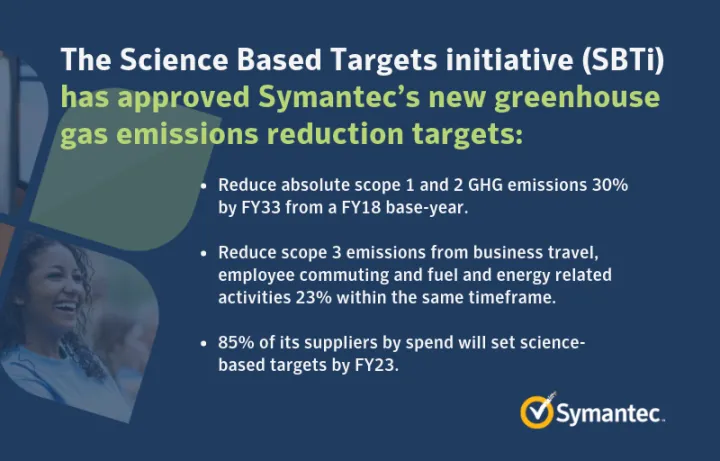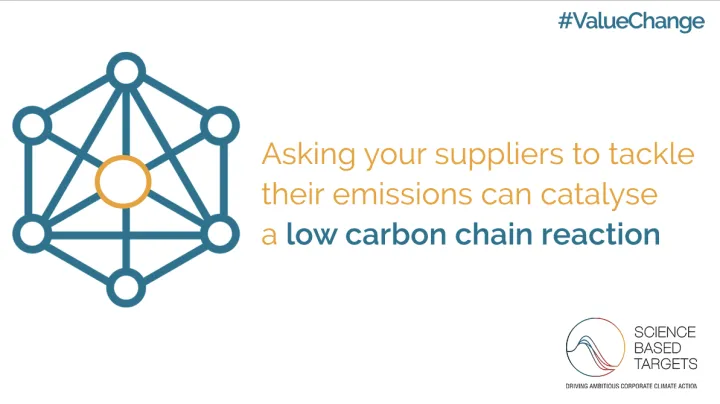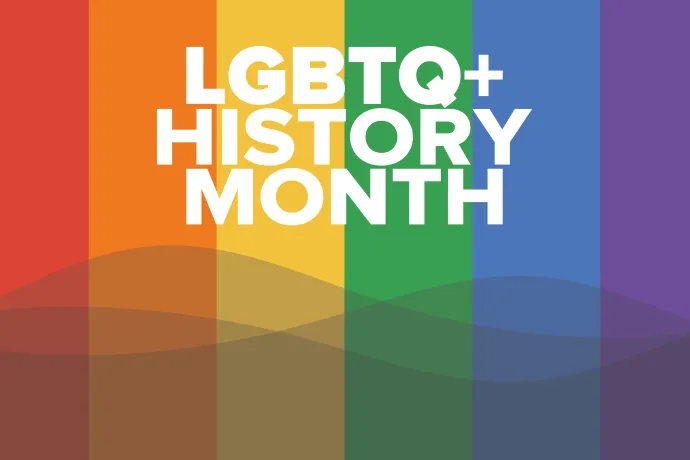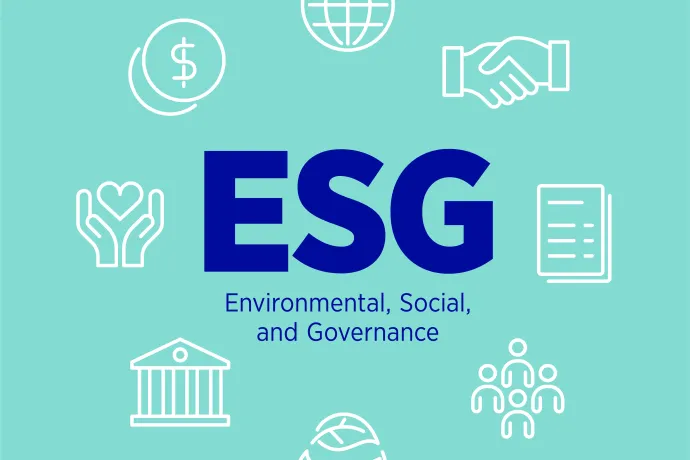Can We Reduce GHG Emissions by 60 Percent?
How having a science-based target helps align sustainability in the business more effectively
Setting public-facing goals and measuring and reporting on our progress are vital parts of our Corporate Responsibility (CR) program. We use goal setting to drive innovation, influence progress, and stay accountable to our stakeholders.
In 2016, we set a goal to reduce greenhouse gas emissions (GHGs) from our offices, data centers and small vehicle fleet (otherwise known as scope 1 and 2 emissions) by 30 percent by 2025. By focusing investments on energy conservation and more efficient use of space, Symantec achieved a 32 percent reduction in just three years, surpassing our goal seven years early.
Building on our success, we are participating in the Science Based Targets initiative (SBTi). The SBTi, a collaboration between CDP (formerly the Carbon Disclosure Project), the UN Global Compact, World Resources Institute, and the World Wildlife Fund, champions science-based target setting as a powerful way of boosting companies’ competitive advantage in the transition to the low-carbon economy.

SBTi has found that setting science-based targets increases innovation, reduces regulatory uncertainty, strengthens investor confidence, and improves profitability and competitiveness. Science-based goals are considered ambitious in that they align with the levels of emissions reduction scientists tell us are required to avoid the worst effects of climate change. We are proud that Symantec is one of the 186 companies who have received approval by SBTi against their stringent criteria for corporate GHG goal setting.
One of Symantec’s new, SBTI-approved goals is to reduce our scope 1 and 2 GHG emissions by a further 30 percent over the next 15 years (FY18 to FY33). With the emissions reductions we've achieved already and our new 30 percent reduction goal, our targeted emissions in FY33 will be a whopping 60 percent lower than in FY11.
According to the Intergovernmental Panel on Climate Change, failing to take urgent action to keep temperature rise below 2°C will see millions more people in poverty, and untold negative impacts for our shared prosperity, ecosystems and the global economy. Symantec’s trajectory, a 2.8 percent per year reduction, is in line with the global reductions needed to keep temperature rise well below 2°C degrees, which is in line with the commitments made in the Paris Agreement.
Cynthia Cummis, Director of Private Sector Climate Mitigation at World Resources Institute, one of the Science Based Targets initiative partners said: “We congratulate Symantec Corporation for having their emissions reduction targets validated by the Science Based Targets initiative. This ensures their strategy is in line with the goals of the Paris Agreement and positions their business to thrive in a low-carbon world. Ambitious supplier engagement targets like the one set by Symantec Corporation are an important catalyst in accelerating the shift to a sustainable global economy.”
Companies cannot do their share without addressing their supply chain

Thus far most companies have focused on tackling emissions arising directly from their operations (scope 1) and from the generation of electricity that they purchase and use in their facilities (scope 2). According to SBTi, indirect (or scope 3) emissions arising upstream (supply chain) and downstream (distribution and use of products) of a company’s direct operations account for the majority of their overall footprint.
Symantec is stepping up to tackle our indirect emissions. We have committed to reduce Scope 3 emissions from employee transportation (business travel and commute) by 23 percent by FY23 and that 85 percent of our suppliers, by spend, will themselves set science-based targets within the same timeframe.
Setting climate action goals is one part of our commitment to environmental steward ship. The path to a low carbon future requires looking beyond numbers and goals to the practices, policies, partnerships, and programs that drive change.
We’re active members of the Ceres BICEP coalition, BSR Future of Internet Power collaboration, and have joined the Renewable Energy Buyer’s Principles and Step Up Declaration. Our Mountain View headquarters now has a zero-carbon electricity contract and we are working to further reduce emissions by choosing cleaner sources of energy to power other locations.
We’re also working to inspire our employees to become environmental stewards at the office and at home. After a successful year of Going Green in 2018, we’ve expanded our yearlong campaign of eco-friendly awareness, challenges, and initiatives with the launch of Choosing Green in 2019.
So, can we reduce our scope 1 and 2 GHG emissions by a further 30 percent, our scope 3 emissions by 23 percent, and motivate our suppliers to set their own science-based targets? I believe by working with various internal teams and external partners on projects and improvements that we can achieve our SBTi goals.
I look forward to sharing our progress along the way.







We encourage you to share your thoughts on your favorite social platform.